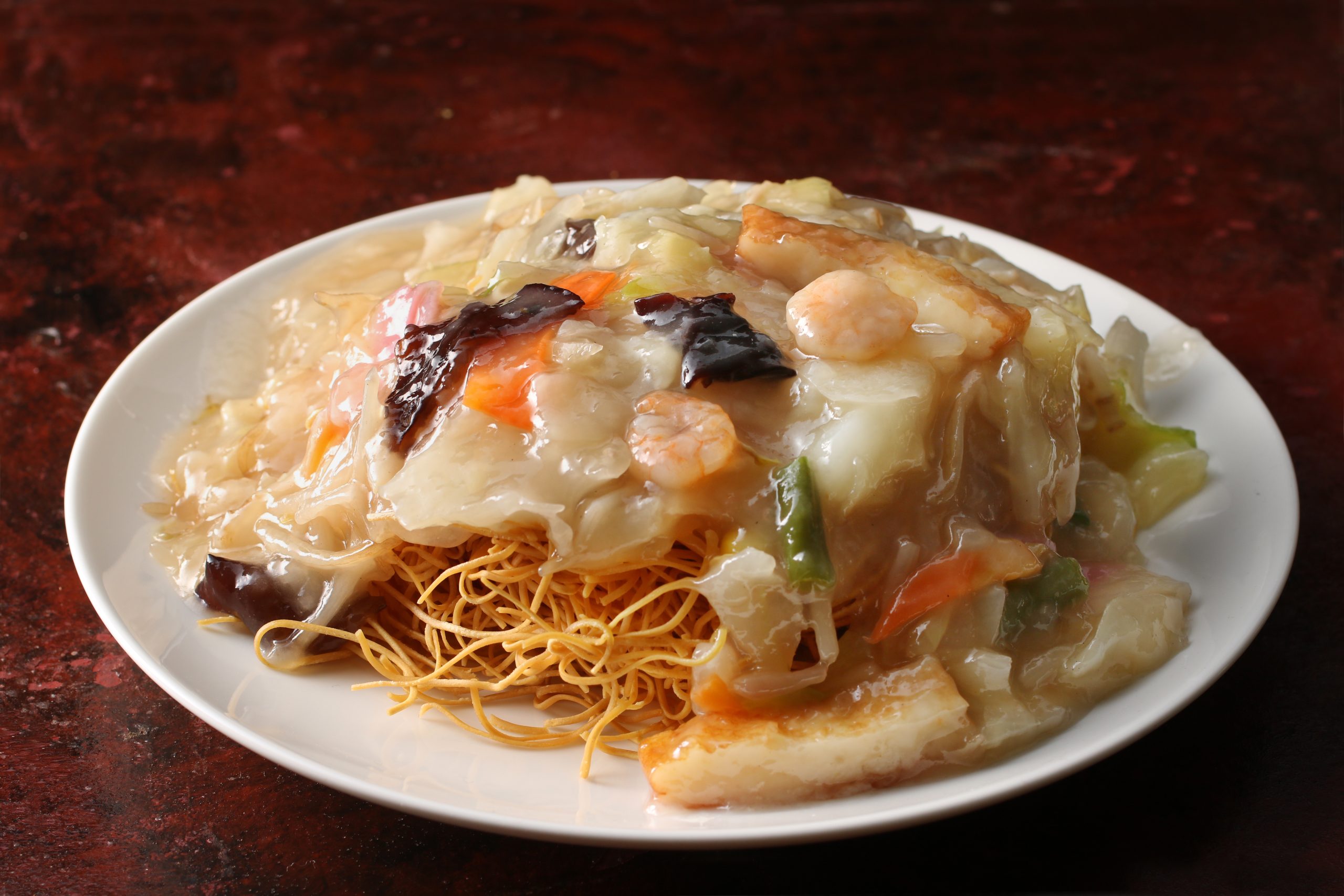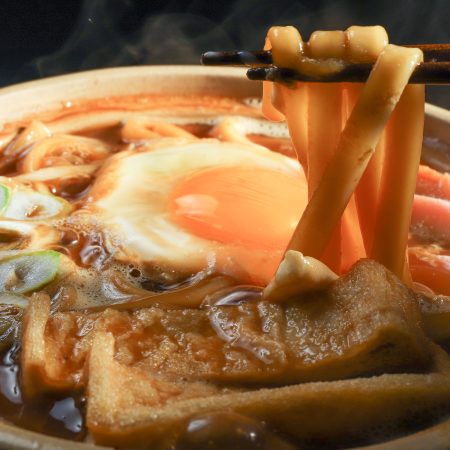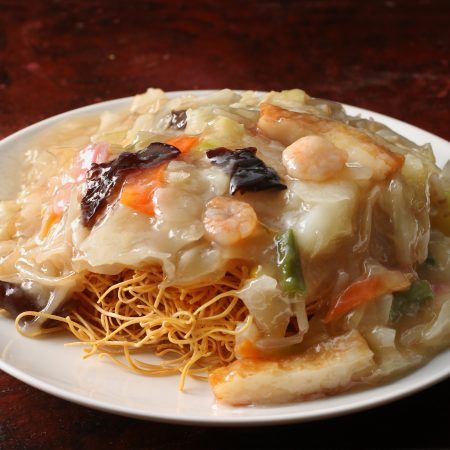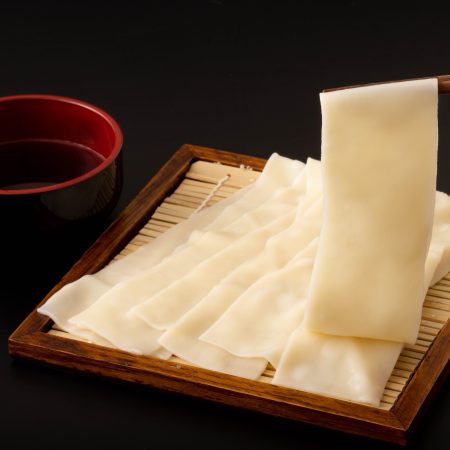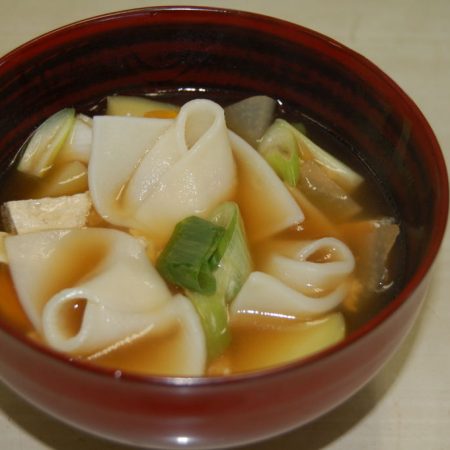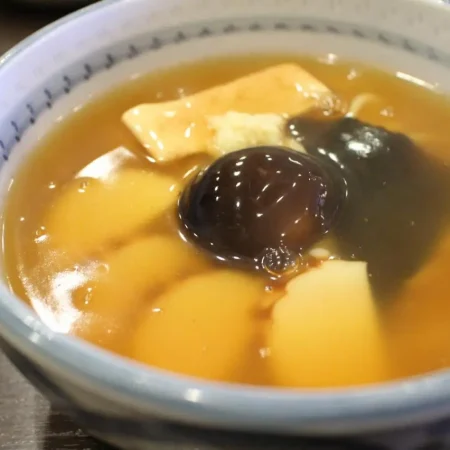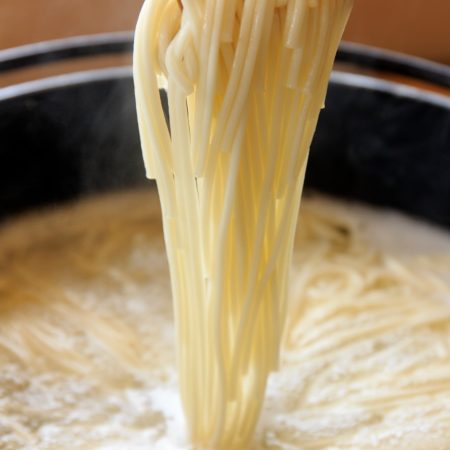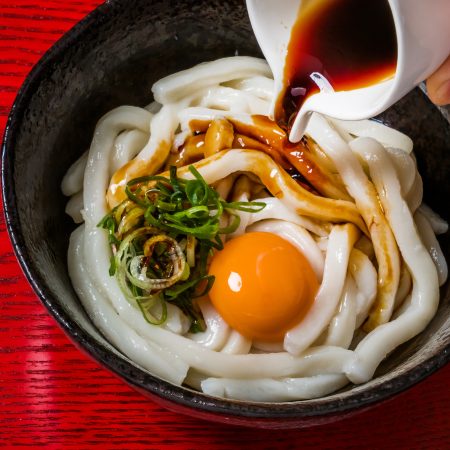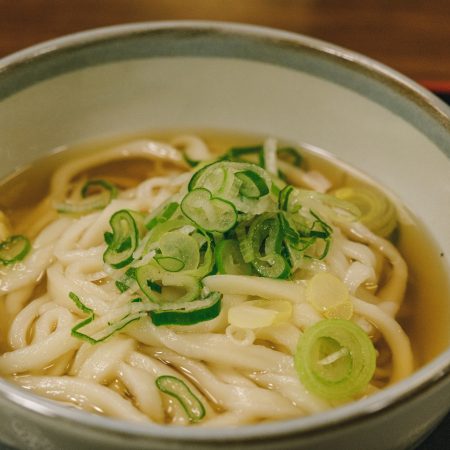"Sara Udon," a well-known regional delicacy of Nagasaki Prefecture, is closely associated with udon noodles in its name, but it offers a unique flavor distinct from other noodle dishes. This local specialty comes in two main variations: one that uses thin noodles and another that utilizes thick noodles. The version with thin noodles bears a resemblance to the Chinese dish "Zhajiangmian" or "Kata Yakisoba," while the thick noodle variation is more akin to "Chao Mian" or pan-fried udon.
Origin and History
Sara Udon was created by Chen Pingshun, the chef at Nagasaki's Chinese restaurant "Shikairō," who drew inspiration from a dish called "Chao Rou Si Mian" (noodles with finely shredded meat), which he modified for takeout by reducing the amount of sauce to prevent spillage during delivery. In Nagasaki, takeout orders for dishes like champon were already popular, and special lidded bowls were even made for this purpose. As a result, the initial noodles and ingredients used in Sara Udon closely resembled those of champon and are still often presented together under the name "Champon/Sara Udon." There are also different theories regarding the historical origin of Sara Udon, with some tracing its roots back to the late Edo period.
Thin and Thick Noodles
In Nagasaki, Sara Udon is known for offering two primary noodle options: thin and thick noodles. Thin noodles are typically fried in oil, resulting in a crispy texture, often referred to as "Paripari" or "Bari-men." Thick noodles, on the other hand, are prepared by steaming or boiling Chinese-style noodles (similar to those used in champon). Some establishments use specialized thick or medium-sized noodles. Generally, thin noodles are served with a starchy sauce, while thick noodles are stir-fried with other ingredients, similar to yakisoba, or cooked in a pan before toppings are added.
Eating Style
Sara Udon can be ordered as an individual serving, but in the local tradition, it's often ordered for a larger group, allowing diners to serve themselves from a communal large dish. It's a popular choice for celebratory occasions or for ordering when working late at the office. In Nagasaki, it's common to enjoy Sara Udon with Worcestershire sauce, which adds a tangy flavor to the somewhat sweet-tasting noodles. While soy sauce is not typically available on the table, Worcestershire sauce is usually provided. Some establishments offer a special vinegar as well. When ordering takeout, the special sauce is usually packed in containers similar to those used for energy drinks.
Regional Variations of Sara Udon
Sara Udon enjoys great popularity throughout the Kyushu region. In a survey conducted in November 2004 by six regional bank-affiliated think tanks in Kyushu, over 90% of respondents answered affirmatively to questions about knowing, having tried, or wanting to eat "Champon/Sara Udon." This dish is beloved throughout Kyushu, and its subtle regional variations provide an opportunity for delightful taste comparisons.

